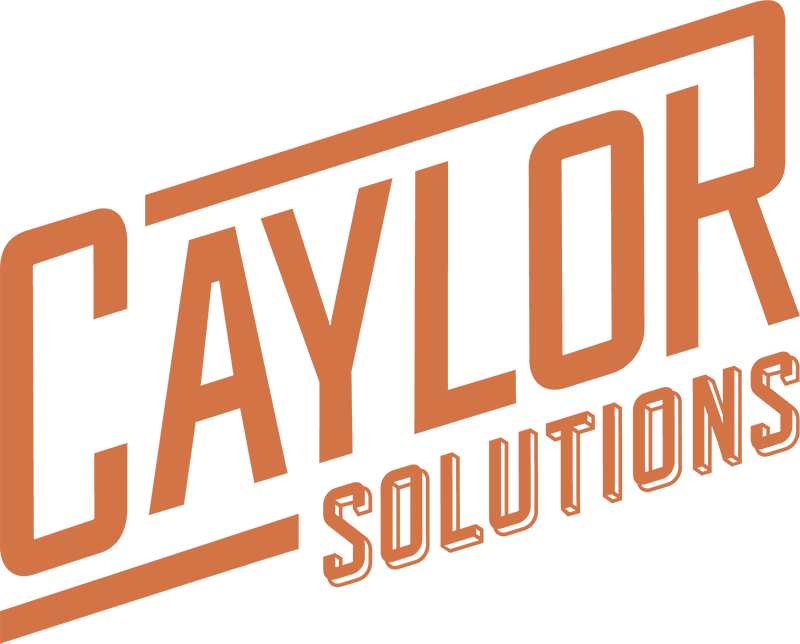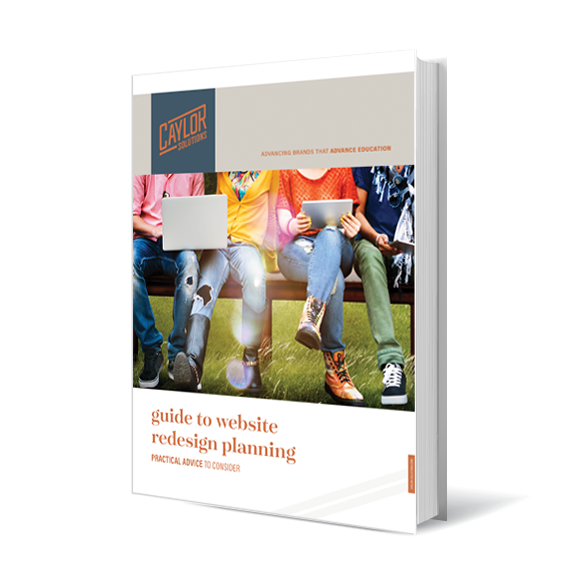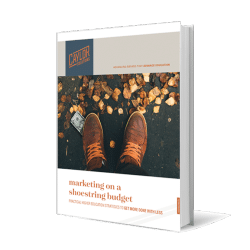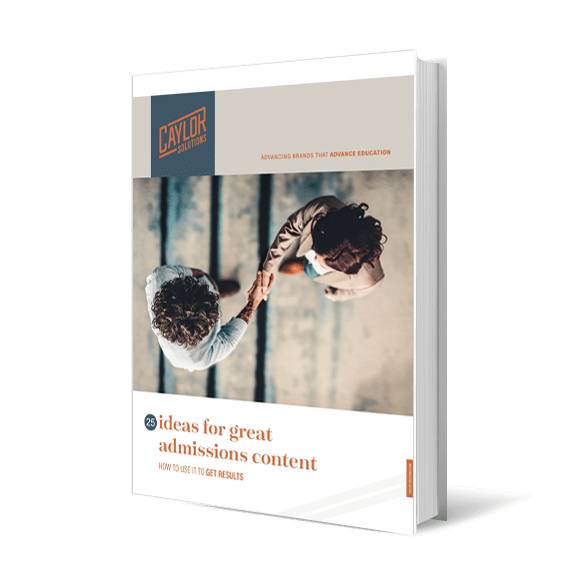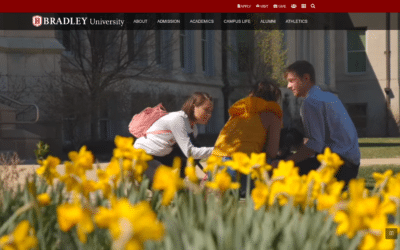“What three things should we as presidents do this year in our college marketing?”
On Friday, June 20th, I was invited to speak with a number of college presidents. We started the day with a review of statistics from recent Noel Levitz and MStoner studies:
- 79% of students would drop a school from their list of options if they have trouble finding info on their web site
- Nearly 70% of teens report that social media is moderately to extremely influential in their research about colleges.
- 73% believe colleges should have a social media presence, but they are unimpressed. Only 40% find information posted on college social media sites relevant
- 77% of prospective students use their mobile devices to access social media
- 97% percent view college websites on their mobiles or tablets
- 65% say the experience was “just OK” or “challenging.”
- 45% of consumers made judgments about the credibility of websites based initial impressions including design, layout, and formatting within 3.42 seconds
- Average user will decide to stay or leave a website within 10-20 seconds
As illustrated above, a website that is focused on the end user and digital media to drive the user to the site (through social media, search engine optimization, and call-to-action within the website) is critical to the success of engaging prospective students.
During our day together, one question came up that was telling: “What three things should we as presidents to this year in our college marketing efforts?” Here is the response I provided:
1. Attend to Your Website
If your website is not in good working order, nothing else will matter. Most institutions are well within several generations of institutional website deployment. The website is often the first and most influential point of contact your prospective students and families will have on your institution. Other than the campus visit, it is arguably the most important aspect of your marketing program.
- Responsive: With 97% of your prospective students viewing your site on a tablet or mobile devise, it is critical that you provide the best experience. Don’t waste time with mobile only sites; responsive can save time and money.
- Information vs. Storytelling: Be sure to have both information rich pages (think infographics, charts, statistics) as well as storytelling focused pages (think emotional photos, videos, narrative copy). Both are important to your prospective student. Read our post on storytelling ideas.
- Content Written for the Web: Users rarely read content; it is scanned. Make your site user-friendly by assuring your content is organized by bullets, small paragraphs, and contains rich media.
- Call-to-Action: Your site should be designed to drive enrollment first and foremost. Be sure to include actionable items such as internal advertising, call-to-action boxes, live-chat, email sign-ups, and other lead generation techniques to drive suspects and prospects into deeper levels of the admissions funnel.
2. Maximize Your Social Media
The explosion of social media has shown how users are connected to each other, brands, and institutions. Social media is more than a broadcast channel. In the ideal situation, it is a relationship building channel to inform, answer questions, provide world-class customer service and build relationships through conversation.
While most institutions have a handful of social media channels that are regularly managed, most have yet to discover the power of social media engagement to build audience and demonstrate brand benefits and distinctives.
- Instagram, Twitter, YouTube: These are the most popular websites among students as of 2014. Be sure you are active and present with relevant and timely content for them. Read our post on using YouTube.
- Engage with conversation: Avoid allowing your social media channel to simply be a press release machine. Create authentic conversation points and engage your audience segments effectively.
- Relevant curated content: In addition to information and posts about your institution, be sure to implement the 80/20 rule. Eighty percent of your content should be content you have found on behalf of your audience; content you are curating because you know them so well. The other 20% should be promotional in nature regarding your school.
- Automated: Use tools such as Hootsuite or Buffer to create schedules for regular and consistent posting.
- Drive to other content: Your social media channels should always drive your followers to deeper content on your website. This will create greater opportunities for conversion to deeper levels on the funnel.
- Feature and highlight students: Use social media to highlight outcomes. Sewickley Academy does a fantastic job of highlighting their students. [By the way, if one of their students is attending your school this fall and you have not yet commented, you are missing a marketing opportunity!]
- Look for viral opportunities: As mentioned above with the Sewickley Pinterest opportunity, look for ways to engage with others and enhance your marketing efforts.
3. Develop and Promote Content
Content is more than words on a page. Content is the new frontier of marketing.
In 2013, Google dramatically introduced a new algorithm to their search tool. This change ultimately changed the search engine marketing landscape. Long practiced techniques of keyword usage and link backing were now sometimes penalized. The new Google was all about content and the relevance it had in context to your site as whole. Not only was it just about the content, but its freshness and how it was being utilized across the social network realm.
The days of copying the brochure and putting it on the website are over. Your content has to be relevant to the user, written for the web, and able to engage quickly. The majority of your site visitors will not come through the home page, but will discover content through search engines or other means. That means every page has the potential to be the first page with which visitors engage.
Both online and off, users come seeking answers to their questions. Recent studies have shown that a visitor to a web page will decide within eight seconds whether the page has what they are seeking. If they believe it contains the answer they seek, engagement will average 1.5 minutes as the consume the content.
Be sure that your content quickly answers their most pressing questions and provides means for brand engagement that will bring them back for more.
Content is more than words on a page. It includes rich media, animation, video, imagery, infographics, etc.
- Good content attracts humans & robots: Your content strategy should not only include relevant information for your audience, but also include proper keyword and search engine optimization (SEO) to maximize exposure in search engines.
- Ebooks & decks: Be sure to leverage content that can be exchanged for inquiry forms. Ebooks and presentations are great options.
- Brochures/data sheets: Include your brochures and datasheets as downloadable PDFs in addition to content on the website.
- Visual: images & video: Be sure your content is rich in media.
- Blogs: One of the best ways to improve SEO is to blog on a regular basis. Once per week is optimum.
- Tie to inbound and lead generation: Be sure to tie all of your content strategies to lead generation. Read our post on inbound marketing.
